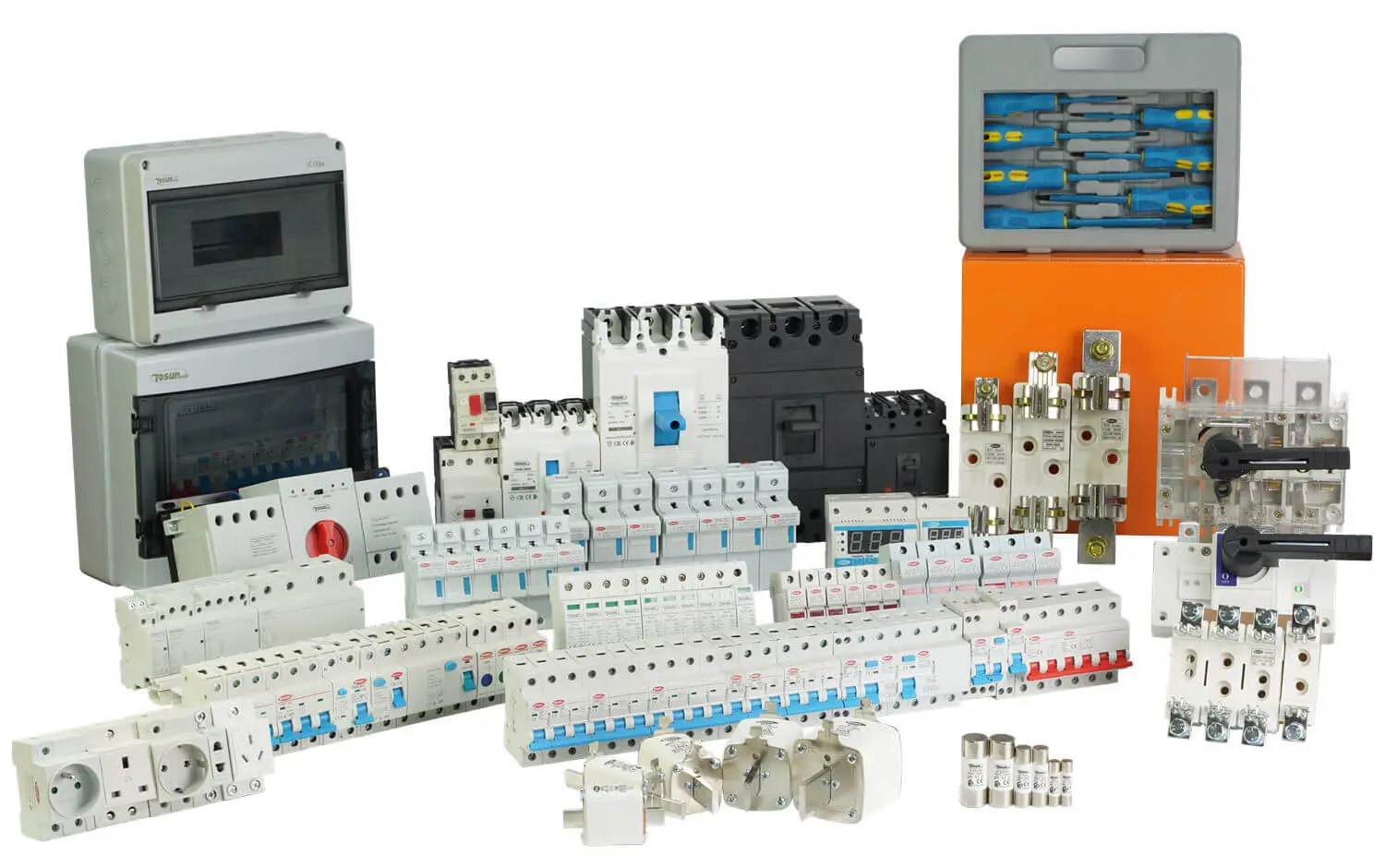Metal vs. Plastic Junction Box: Which One Is Right for Your Projects?
14th Jun 2025
In the expansive field of electrical junction boxes, there are two primary types: the metal one and the plastic one. Electrical junction boxes are accessories also referred to as terminal boxes. They are enclosures in-charge of housing and protecting electrical wire connections, providing a safe and convenient way to connect and disconnect wires. These accessories are used for protecting electrical connections, organizing and managing wiring, and meeting electrical codes, standards and certifications. In this comparative guide, you will learn about metal vs. plastic junction box sets, tackling the following: – What they are – What their features are – Junction boxes from TOSUNlux Metal Electrical Junction Boxes What They Are The plastic box electrical consumers rely on, which are made of metal, has been in the industry way before the other variants came to be. They are notable for their strength, durability, and fire resistance. Typically crafted using steel or aluminum, they are used for commercial and industrial projects, but they are also suitable for residential undertakings. What Their Features Are Plastic Electrical Junction Boxes Vehicle DC Fuse – TOSUNlux TJB1 Waterproof plastic junction box TJB1 waterproof plastic junction box by TOSUNlux. Inquire now for bulk price! View Product What They Are Conversely, a junction box material made of plastic may be fairly new, but they are also fairly more popular, especially for residential wiring. They are lightweight, cost-efficient, and incredibly easier to install than their metal counterpart. What Their Features Are More Reliable Junction Boxes from TOSUNlux Hero Product Highlight electrical supply wholesaler Discover […]
Read More : +86-139 0587 7291
: +86-139 0587 7291 English
English Español
Español Русский
Русский Français
Français العربية
العربية Português do Brasil
Português do Brasil Українська
Українська Türkçe
Türkçe Polski
Polski Nederlands
Nederlands Italiano
Italiano Bahasa Indonesia
Bahasa Indonesia हिन्दी
हिन्दी اردو
اردو አማርኛ
አማርኛ Հայերեն
Հայերեն ไทย
ไทย Монгол
Монгол فارسی
فارسی Shqip
Shqip Ελληνικά
Ελληνικά









